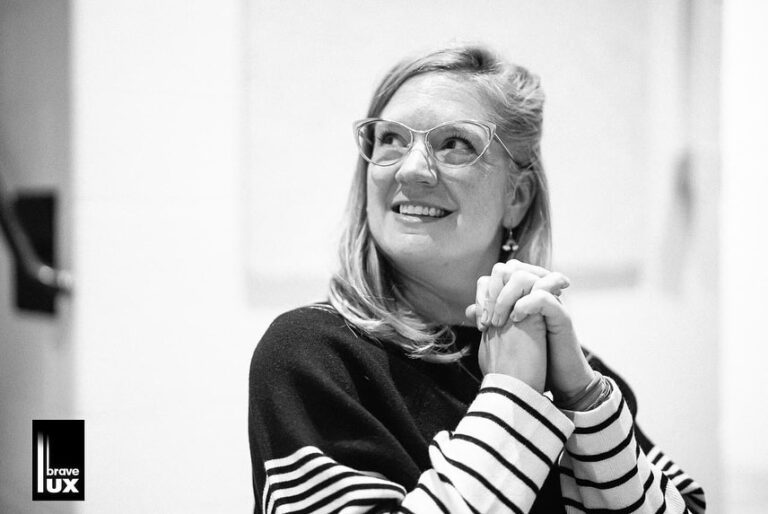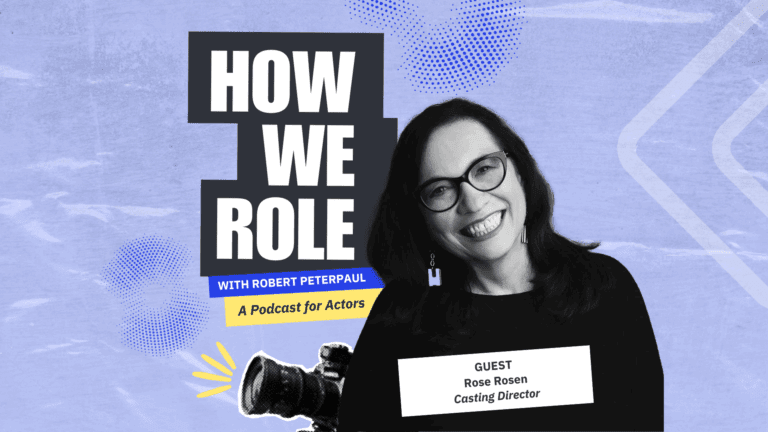Whether for film or theatre, fittings can be a huge source of stress for an actor.
It’s no secret that much of this industry is appearance-based, and that can lead to a lot of unhealthy attitudes and practices surrounding body image. All of which can tend to come to a head during costume fittings.
The fitting process doesn’t have to be stressful. Ultimately, they are just another point of collaboration to navigate. Here are some strategies that may help those who either dread fittings or are unfamiliar with them.
Insights: How to Make Your Fittings Easier
- Expect changes and delays during fittings; give yourself extra time and go with the flow.
- If you have specific requirements for comfort, safety, or accessibility, speak up confidently to the costume team.
- Rely on the expertise of costume professionals, focus on your character’s story, and lead interactions with kindness and respect.
1. Manage Your Fitting Expectations
Knowing what you’re getting into can help prevent stress. If you’ve never been to a fitting before, talk to some trusted actor friends who have. Every fitting is a little different, but you may have your measurements taken and/or be asked to provide clothing sizes to ensure you get into the correct costume.
Costume and make-up artists might be in a rush, or there may be a lot of waiting around for approval from the costume department (it’s often both). For those entering with fixed expectations of what the look “should” be or how long it should take, the fitting process can feel tedious or frustrating. Give yourself the advantage of an open mind when it comes to your costumes.
2. Be Flexible for Your Fitting
Flexibility is your friend.
The costume design process can change on a dime, and it’s very likely plans will be altered a few times before the dressing process is over (including changes to your costume to provide accurate measurements). Try to make sure you have plenty of time surrounding your fitting in case it runs long, and try to go with the flow as best you can.
Thinking about joining Casting Networks? Sign up for a free trial today!
3. Trust Your Colleagues
Fittings can feel out of control, which can be a source of stress. Learning to cede power in these situations can be helpful.
Remember that you don’t have access to all the information and can’t see the big picture of the costume designer’s vision. Outfits or color choices that might not look good to you in the fitting room may read well on stage or in film.
The costume team knows what they’re doing. Trust the expertise of your colleagues.
4. Communicate Your Needs to the Costume Department Clearly
If you have needs for your safety, to accommodate your body or to make the work more accessible, please communicate those to the wardrobe department. Clear communication can save everyone time and hassle down the road.
Advocating for yourself does not make you “difficult” and should not be accompanied by shame.
5. Keep your Eye on What Matters: Your Character
Remember that costumes are there to tell a story, like everything else. If it supports the world of the play it’s on the right track.
Costumes also help bring a character to life. Consider what role your character has in the overall story and how your character dresses. Sometimes getting perspective can help you choose your battles.
6. Lead With Kindness
Remember you’re all part of the same collaborative team. Schedules are often tight and stress can be high, but taking the time to lead with kindness and respect costs nothing and can help establish a good working relationship.
Fittings can be easy and fun! You get to meet some new artists, get a peek at the look of the project, and learn about another aspect of the process. Go in clear-eyed, balance positivity with a willingness to speak up for yourself, and trust the process.
You may also like:













